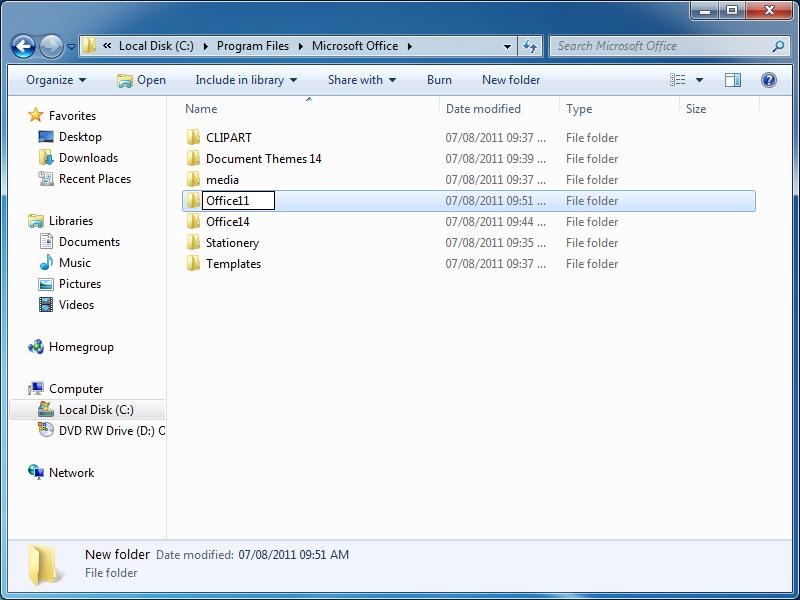
- #Reinstall office for mac 2011 after replacing harddrive install
- #Reinstall office for mac 2011 after replacing harddrive upgrade

Click ‘ Next’ and then choose the right settings such as.Run the Windows Media Creation Tool, accept EULA,Īnd select Create installation media for another.Connect a USB flash drive (USB 3.0 preferably).You can create a Windows 10 USB installer using Windows Media Creation Tool that you can download from Microsoft’s official page. Open Control Panel and go to Control Panel\System and Security\Backup and Restore (Windows 7).A working internet connection or Windows 10 ISO.įollow the step-by-step instructions to migrate windows 10 to SSD:.
#Reinstall office for mac 2011 after replacing harddrive upgrade
A working Windows laptop or PC that you want to upgrade with SSD (of course).An external drive to store system image.This method is time-consuming and requires the following for the migration: Using migration tool provided by the SSD manufacturer.Drive cloning with the help of professional software.The following are methods for moving Windows 10 from hard drive (HDD) to a Solid State Drive (SSD). So it’s better to be prepared than sorry. Data backup is a crucial step because the process of migrating Windows OS from hard drive to SSD may create potential data loss scenarios. To help you out, we present a few options for successful migration of an existing Windows installation from mechanical drive to SSD.īefore you begin the process of migrating Windows 10 to a new hard drive, back up the existing hard drive data on an external drive.

This need is more common (and relevant) with regard to laptop users, as it allows them to move Windows from the hard drive to SSD, without deactivating the preinstalled copy or losing the license.īut, migrating an existing Windows installation (along with the data, program files, and C: drive settings) from HDD to SSD is tricky and lengthy.
#Reinstall office for mac 2011 after replacing harddrive install
Thus, several users prefer SSD as the primary drive to install Windows and program files, and many of them also need to migrate the existing Windows installation from HDD to SSD. Solid State Drives (SSDs), though costlier than conventional hard drives, are gaining popularity because they’re about 5 times faster, use less power, lightweight, and have no mechanical parts (and therefore less prone to damage from physical shocks).


 0 kommentar(er)
0 kommentar(er)
